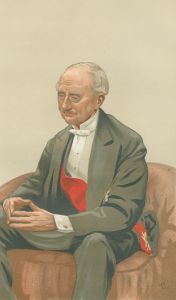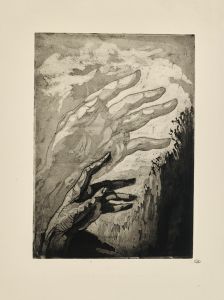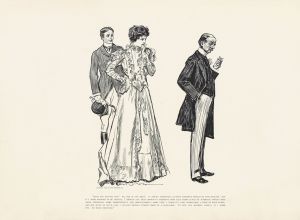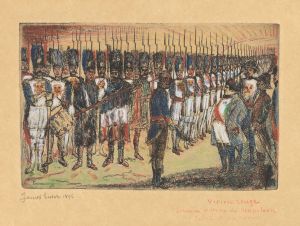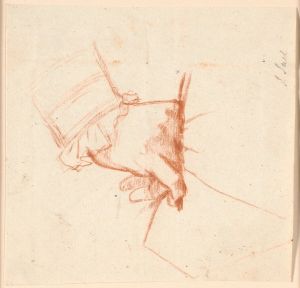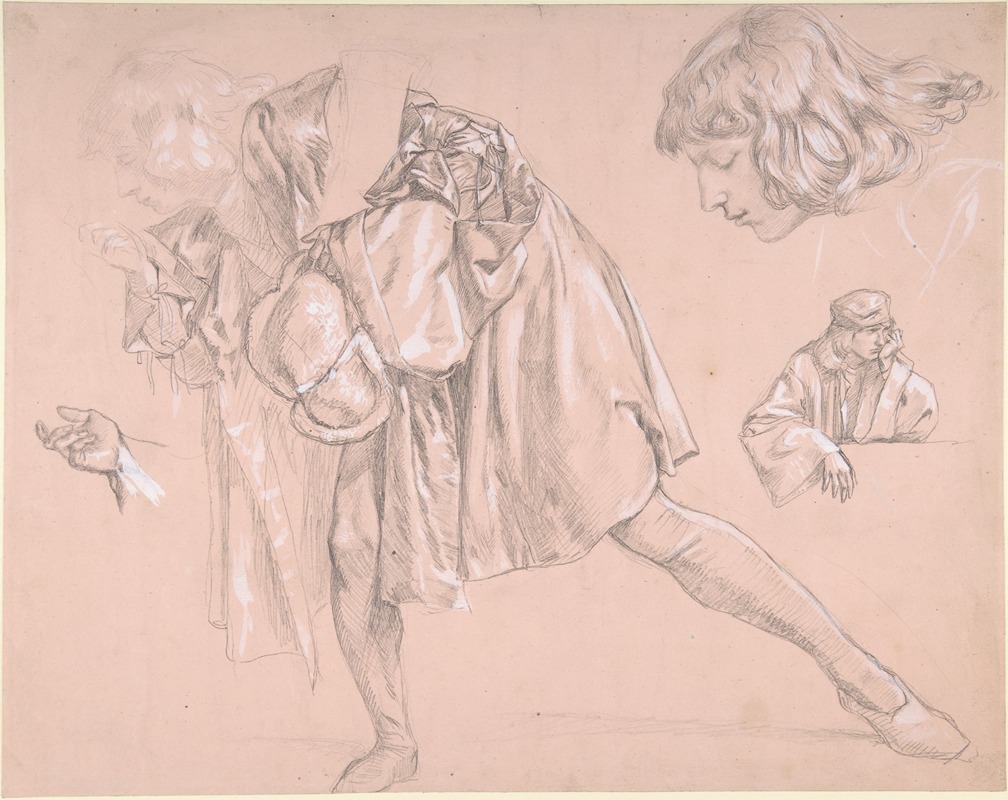
Study of a young man bending forward to kiss a hand, for the painting ‘The Departure of the Prodigal Son’
A hand-painted replica of James Tissot’s masterpiece Study of a young man bending forward to kiss a hand, for the painting ‘The Departure of the Prodigal Son’, meticulously crafted by professional artists to capture the true essence of the original. Each piece is created with museum-quality canvas and rare mineral pigments, carefully painted by experienced artists with delicate brushstrokes and rich, layered colors to perfectly recreate the texture of the original artwork. Unlike machine-printed reproductions, this hand-painted version brings the painting to life, infused with the artist’s emotions and skill in every stroke. Whether for personal collection or home decoration, it instantly elevates the artistic atmosphere of any space.
James Tissot, a French painter and illustrator, is renowned for his detailed and narrative-rich works that often explore themes of society, religion, and personal relationships. One of his notable works is the painting "The Departure of the Prodigal Son," which is part of a series illustrating the biblical parable of the Prodigal Son. As part of his meticulous preparation for this series, Tissot created several studies, including "Study of a Young Man Bending Forward to Kiss a Hand."
This particular study showcases Tissot's dedication to capturing human emotion and gesture with precision. The drawing depicts a young man in a moment of intimate gesture, bending forward to kiss a hand. This act can be interpreted as one of respect, farewell, or supplication, aligning with the themes of departure and familial relationships central to the Prodigal Son narrative. Tissot's ability to convey such depth of emotion in a single gesture is a testament to his skill as an artist.
The study is executed with careful attention to detail, characteristic of Tissot's style. His use of line and shading brings a sense of realism and immediacy to the figure, suggesting a deep understanding of human anatomy and movement. This preparatory work would have been crucial for Tissot in planning the composition and emotional tone of the final painting.
Tissot's interest in the Prodigal Son parable reflects his broader engagement with religious themes, particularly later in his career. After experiencing personal tragedies, including the death of his beloved partner Kathleen Newton, Tissot turned increasingly towards religious subjects, producing a series of works that depict scenes from the Bible with historical accuracy and emotional depth. "The Departure of the Prodigal Son" fits within this context, as Tissot sought to explore themes of forgiveness, redemption, and familial bonds.
The study, like many of Tissot's works, demonstrates his ability to blend narrative content with technical skill. His background in both fine art and illustration is evident in the clarity and expressiveness of his drawings. Tissot's works were well-received in his time, and he enjoyed considerable success both in France and England, where he spent a significant portion of his career.
Today, Tissot's studies and paintings continue to be appreciated for their narrative richness and technical proficiency. They offer insight into the artist's process and his ability to convey complex human emotions through art. "Study of a Young Man Bending Forward to Kiss a Hand" remains a fine example of Tissot's preparatory work, highlighting his dedication to capturing the subtleties of human interaction and emotion.





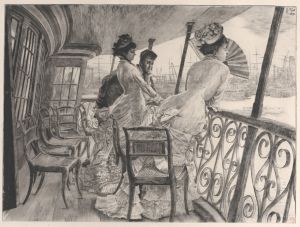
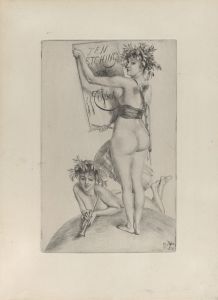

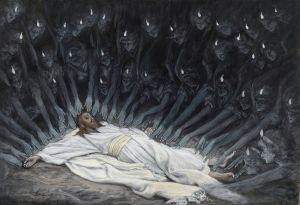

![Prosperity [Mr. Lionel Lawson]](/imgs/214446/s/james-tissot-prosperity-mr-lionel-lawson-8cd5fc08.jpg)
